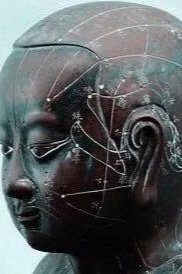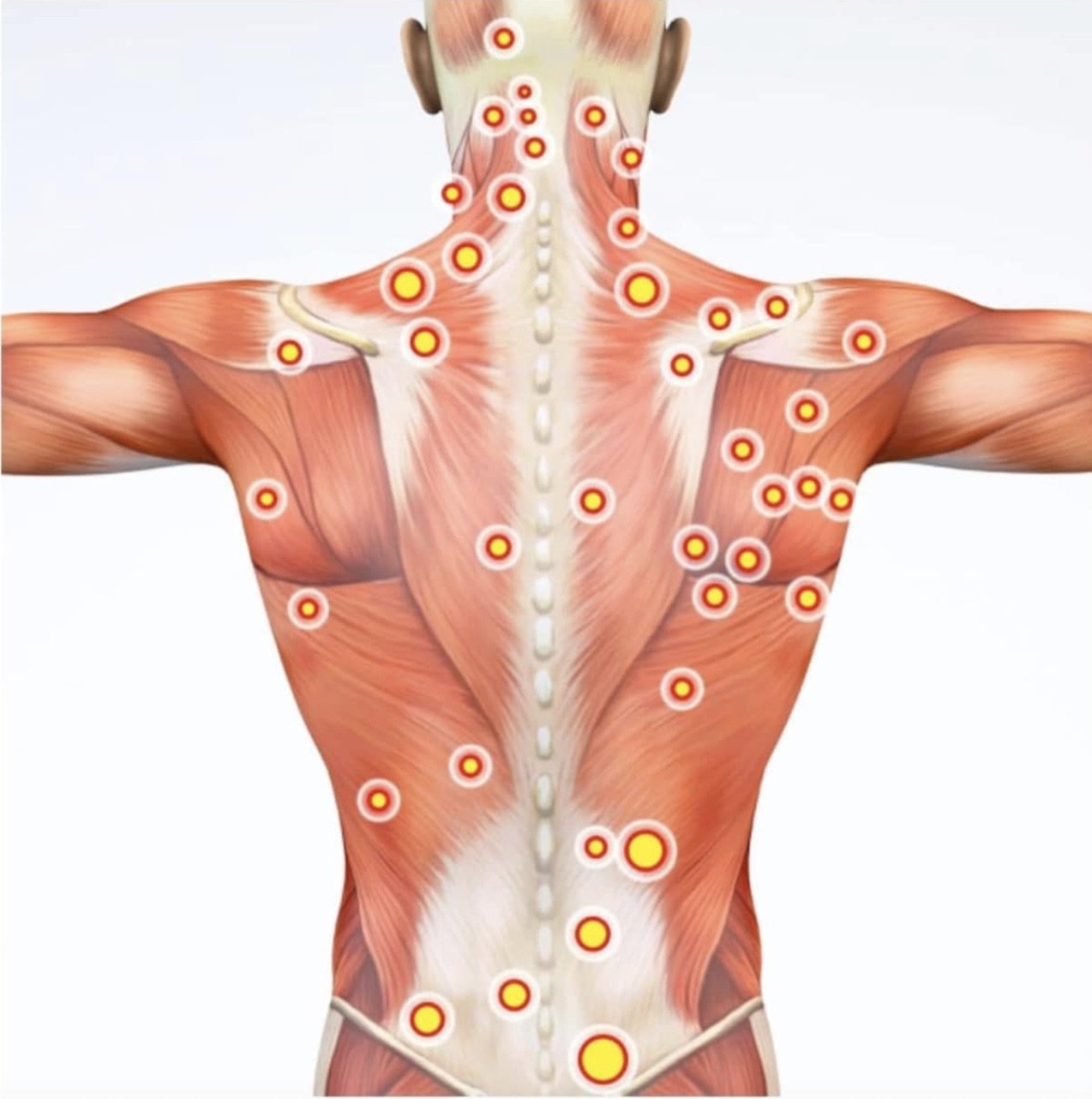External medicine or physical medicine concern the somatic body of muscles, joints, tendons and ligaments. Acupuncture increases circulation, relieves pain and decreases inflammation which can applied to any tendon, joint or ligament.
Acupuncture treats pain and restricted ROM by eliminating trigger points, also called “dry needling.” Needling the tightest place in a tight muscle will un-spasm and return to full resting length.
Tight muscles can also be a symptom of overall stress activation in the body-mind. Acupuncture also uses points well away from the target muscles to loosen and create flow through blocked areas.


